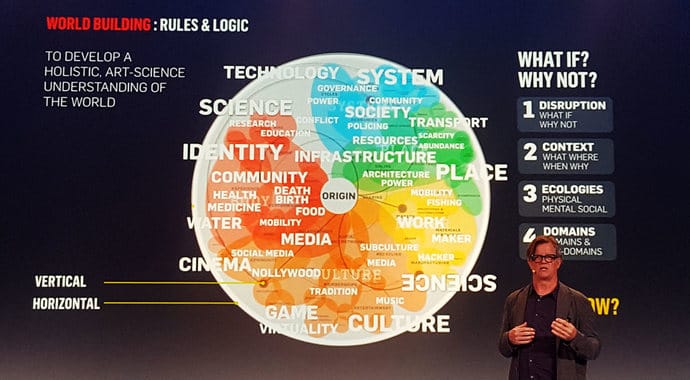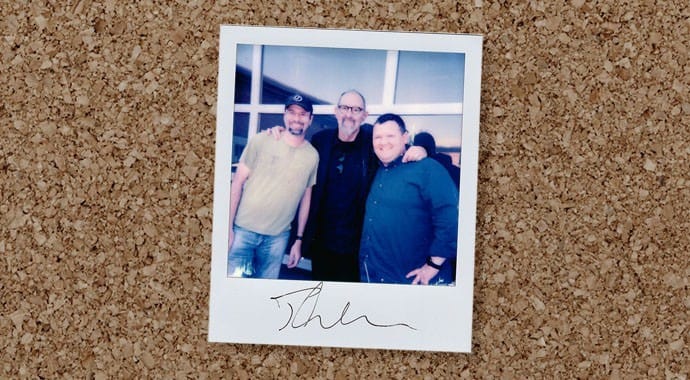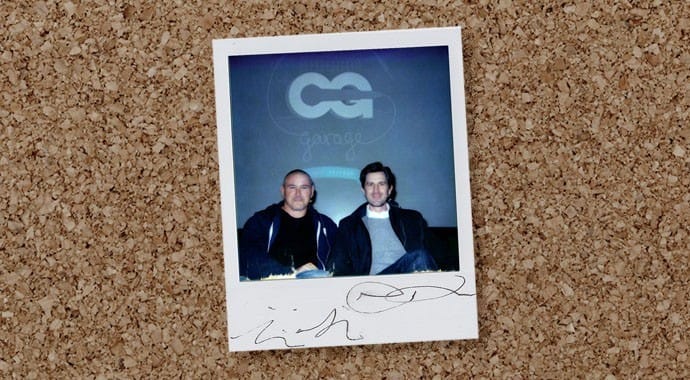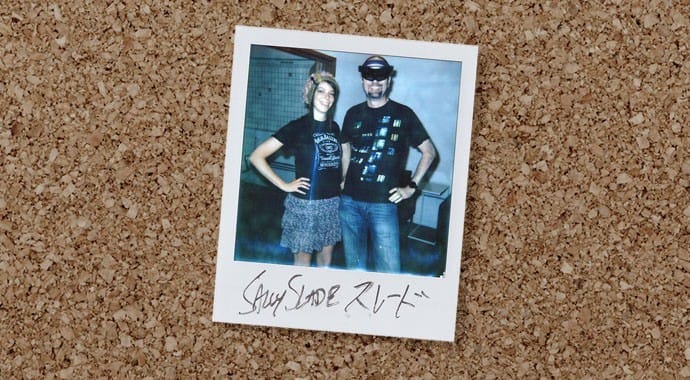#162: 2018-02-20 Subscribe
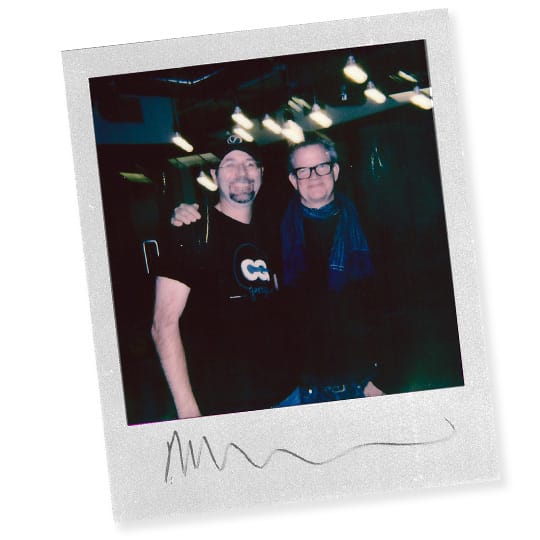
This week’s CG Garage is a special episode because I got a chance to sit down with Alex McDowell, the founder of World Building Institute and Experimental Design. You might have seen his name pop up in Fast Company and Wired from time to time, and it’s no mystery why they want to talk to him. On top of his current roles, which we’ll get into in a minute, this is a man who helped set up the Sex Pistols first gig, made music videos with Depeche Mode, led production designs on Fight Club, and designed the entire world, including all of its rules and attributes, for Minority Report. And it’s in that last point, world building, where he can really offer all of us - architects, filmmakers and general 3D artists- some serious food for thought.
Instead of thinking about stories and digital experiences like linear elements, Alex approaches his designs spherically, like you would a VR space. He asks questions like “What are the conditions of the world and what is going to drive it forward?” and then figures out how elements like different types of humans will define or navigate this environment. An elderly person, for instance, could live in the same world as a Olympian, but endure radically different challenges. And from what Alex has learned, as the challenges and context around your focal points change, so do the stories you can tell. With world building, storytellers are encouraged to consider more possibilities, which in turn, open up a greater understanding of the environments and characters they create.
At first glance, you may think this only works for feature films. But consider the 3D world’s most common thread: storytelling. Architects also tell visual stories full of context and character, only they do it through spaces. So imagine what happens when architects apply world building concepts to their art. Designs can be influenced by wider factors than form and function, including how different types of people will navigate the space. Using these concepts, architects can also consider how the mechanisms of the city, or even society at large, will change the experience they are offering, even if that change resides at a granular or subconscious level. As elements are defined, they compound, helping an artist (or your team) gain an elevated knowledge of any design that incorporates narrative.
It really can be quite powerful, and like I said, is not limited to a single field.
Links:
Alex McDowell Wikipedia page >
